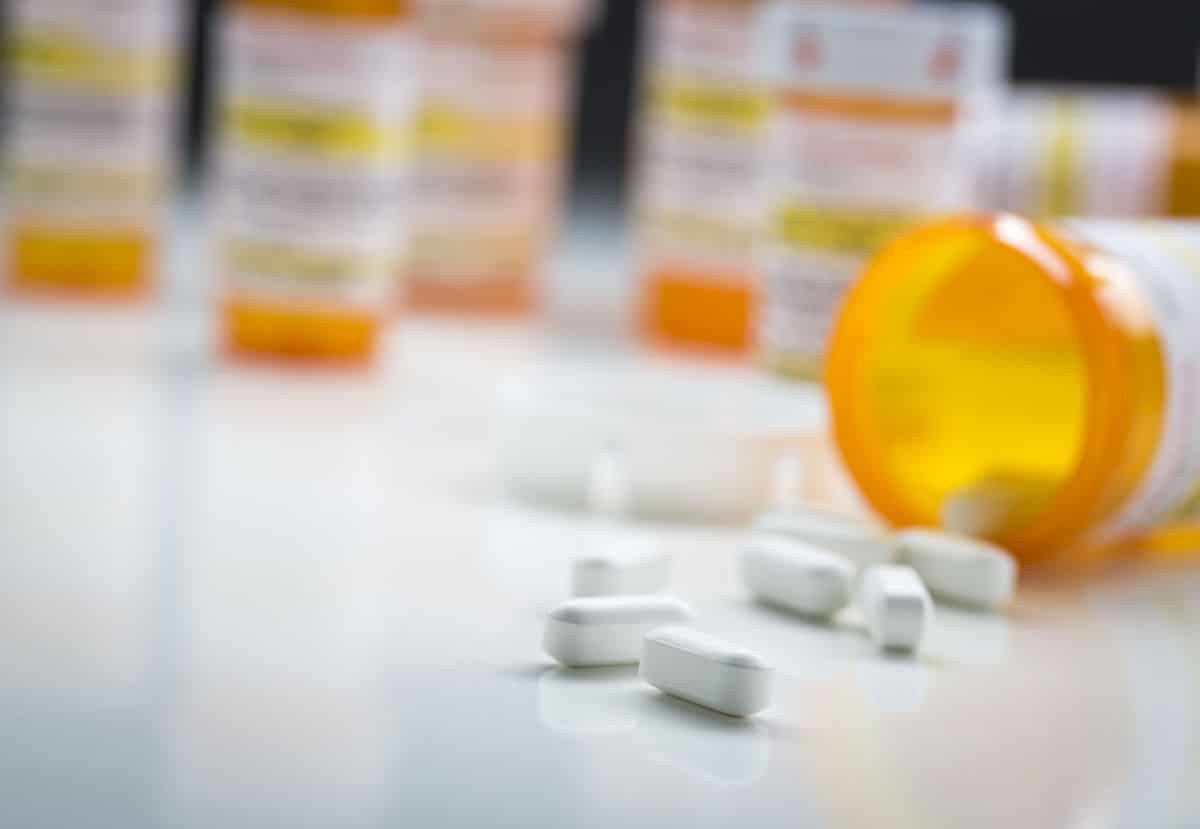
Using illicit drugs isn’t the only way that people abuse narcotics. Some people with substance abuse disorders turn to something already in their homes — their medicine cabinets. Prescription drug abuse has been a continuously escalating problem in the United States over the past 15-20 years. According to the National Institute on Drug Abuse (NIDA), overdose deaths involving prescription opioids more than quadrupled between 1999 and 2019. And because most prescription medications are prescribed to people who actually need them, it’s much harder to find a solution to this troubling problem.
So why do so many people abuse prescription drugs, and what are your options if you can’t stop taking them? Read on to learn more about this widespread problem.
Prescription Drug Abuse Statistics
A 2019 report by the Substance Abuse and Mental Health Services Administration (SAMHSA) revealed that at the time of the report, 45.8% of American adults had used a prescription drug – legally or not – within the past 30 days. While most people use these medications for medical conditions, 16.3 million people misuse prescriptions yearly, and prescription drugs are the third-most abused illegal substance after marijuana. Finally, 52 million Americans over 12 (18.4% of the population) have deliberately misused prescription drugs at least once in their lifetime.
Commonly Abused Prescription Medications
Commonly abused prescription medications include, but aren’t limited to:
- Opioids. Prescription painkillers, often prescribed for pain management after surgeries or accidents, have become one of the most commonly abused narcotics. Opioid pain medications include oxycodone (OxyContin), Percocet, hydrocodone (Vicodin), and fentanyl.
- Benzodiazepines. These drugs are traditionally used to treat anxiety and sleep disorders but are often abused for their sedative effects. Examples include alprazolam (Xanax), diazepam (Valium), and lorazepam (Ativan). These drugs are sometimes also classified as central nervous system (CNS) depressants.
- Stimulants: Stimulants are used to treat attention deficit hyperactivity disorder (ADHD) and narcolepsy but are often abused due to their ability to increase alertness and energy levels. Examples include methylphenidate (Ritalin) and amphetamines (Adderall and similar medications).
- Barbiturates: These drugs are used as sedatives or anesthetics but can be extremely habit-forming and dangerous when misused. Examples include phenobarbital and secobarbital.
What Makes Prescription Drug Abuse So Common?
There are many different reasons why prescription drug abuse is so widespread. Here are a few of the most commonly cited reasons why people abuse prescription medication:
Painkiller Dependency
Painkillers are often prescribed in high doses and cause a euphoric or “high” sensation. Some people become dependent on this feeling after being prescribed painkillers and continue to seek it out even after their legal prescription has run out. People may also use prescription drugs to self-medicate for physical or emotional pain rather than seeking appropriate medical treatment.
Prescription painkillers are one of the hardest addictions to quit because abusing painkillers can lead to increased tolerance and dependence on opioids, which may drive individuals to seek out street drugs such as heroin in order to achieve the desired high.
Over-the-Counter Beginnings
Over-the-counter drugs can inadvertently become a “gateway” to abusing prescription medication. This is either because a person is used to taking the over-the-counter medication at such a high dose that it no longer works or because they are using it recreationally and want a more potent high. Over-the-counter drugs that often cause people this problem include antihistamines such as Benadryl (diphenhydramine) and cold medicines containing DXM (dextromethorphan).
Recreational Use
Stimulants have a reputation as a “party drug” on many college campuses, even though drugs such as Adderall and Ritalin are supposed to be only taken by the people they are prescribed to. However, this doesn’t stop people from using these substances recreationally. Some people mix prescription drugs with alcohol or other medications, making possible side effects even deadlier.
Perception of Safety
Many people believe that prescription drugs are safer than illicit drugs because they’re prescribed by doctors and dispensed by pharmacists. Others may not realize that their body can become dependent on prescription drugs or believe that substance abuse disorders only occur for “other people.”
This assumption is the furthest thing from the truth. In reality, taking medication that is not prescribed to you, taking it in higher doses than your doctor recommends, or taking it longer than prescribed can be dangerous or even deadly. Just because a doctor wrote the prescription does not mean harm is impossible. Many of the drugs listed above cause slowed breathing, heart rate problems, and even seizures when misused (even in small doses). When taken in larger doses, overdose, and death can follow.
Steps to Recovery Can Help
The most important thing to keep in mind when it comes to substance abuse disorders, especially with prescription pills, is that a pathway to recovery is possible. If you have a substance abuse disorder, Steps to Recovery wants to help. Contact us today or call 267.209.7312 to find a substance abuse program that will enable you to turn your life around.
Sources:
https://nida.nih.gov/research-topics/prescription-medicines
https://nida.nih.gov/publications/drugfacts/prescription-cns-depressants
https://nida.nih.gov/publications/drugfacts/prescription-opioids
https://nida.nih.gov/publications/drugfacts/prescription-stimulants
https://www.samhsa.gov/data/report/why-do-adults-misuse-prescription-drugs
https://nida.nih.gov/publications/research-reports/prescription-opioids-heroin/introduction
Explore this article:
Explore Our Facilities
Drug and alcohol detox and residential treatment for addiction and mental health disorders
Outpatient treatment center for substance use disorder and mental health disorders
Outpatient treatment center for substance use disorder and co-occurring mental health disorders







